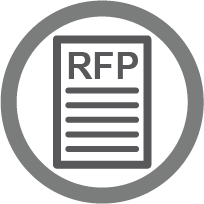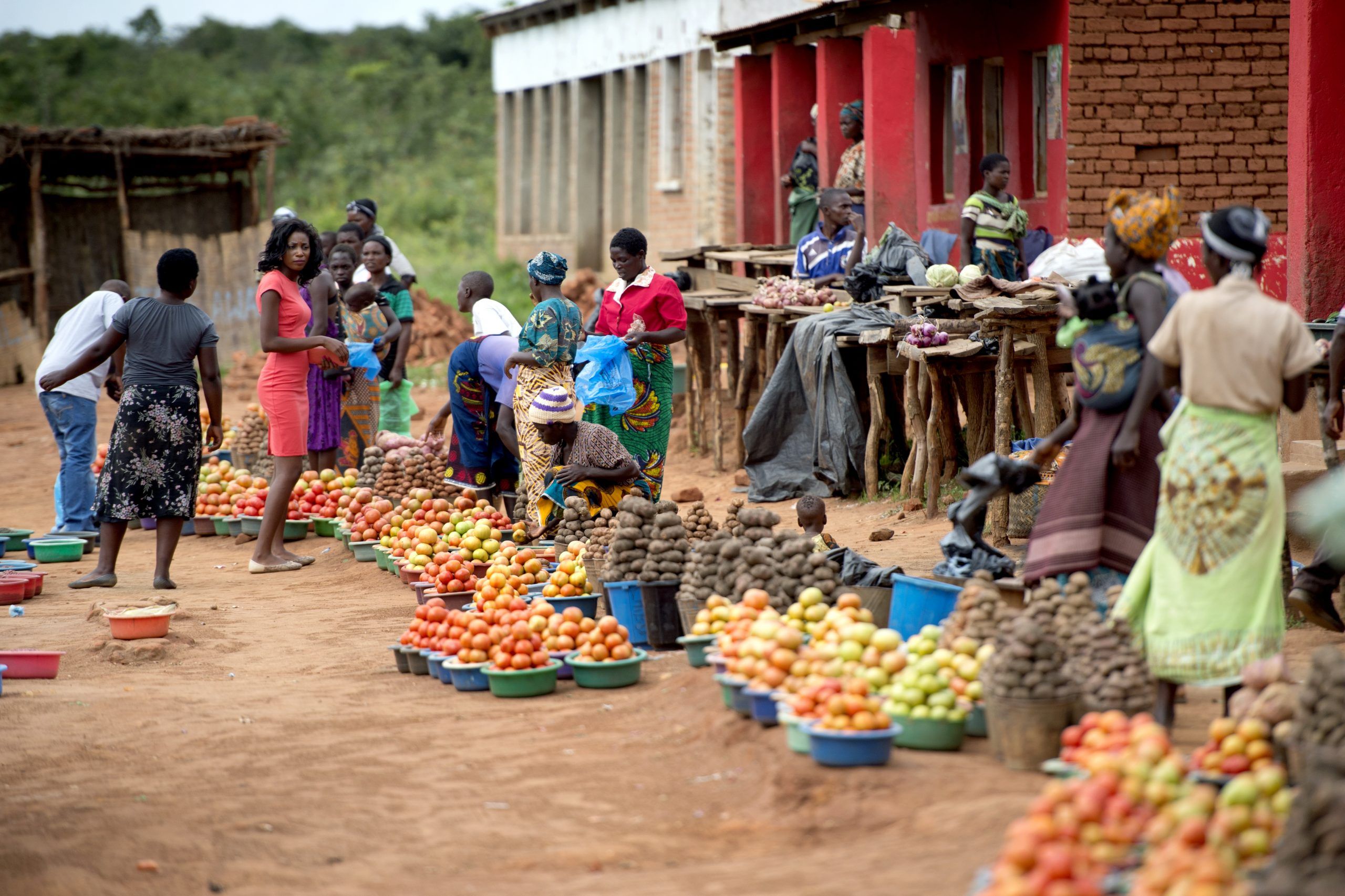1. Purchase Request with Technical Specifications

Identify the works to be procured from the Procurement Plan and draft the technical specifications.
Procurement starts with the completion and authorization of the Purchase Request Form GEN 1-1. The Purchase Request originates outside the Procurement Department and the specifications shall be drafted by an engineer, architect or other specialist in collaboration with the project manager.
The Purchase Request identifies the technical specifications of the works, ensures sufficient budget and requests the procurement responsible staff to procure the works.
Determine if it is necessary or relevant to divide the works into several sublots to promote competition or to support the project market economy (e.g. depending on the capacity of the construction companies available in the market) or to avoid delays. Please refer to section 4.1.1.
Clear, well-defined technical specifications are a prerequisite for receiving proposals matching the requirements and the budget. When drafting the technical specifications, please refer to section 4.12.1.
NOTE: If a candidate assists with input to the technical specifications, the candidate is excluded from participating in that procedure.
GEN 1-1: Purchase Request Form 


2. Collect Proposals

Approach the candidates for a written or non-written proposal, search the internet for the best price and quality or refer to recent contracts to ensure that the price corresponds with the present market price or lower. Make sure to have at least three proposals for comparison and file the collected proposals in the procurement file.
Although optional, it is recommended to use a written RFP, applying WOR 1. The use of a written RFP prevents misunderstandings and ensures that all the required information is collected.
If a non-written proposal is collected the Procurement Committee shall make a written note of the price, name of candidate, description of service and note the date. This note shall be filed in the procurement file.
When preparing the RFP, take into consideration whether the contract is of low or high risk of delays, insurance uncertainties, deficient quality, uncertainties on permits or authorisation, lack of capacity to administrate contract, etc. and whether the construction company is a small company or a large international company. For information on legal aspects, see section 8.3. The higher the value and risk involved, the more important it is to include clauses ensuring the execution of the works and protecting the interest of the Contracting Authority. It is though important to be aware that too strict requirements may discourage companies from lodging a proposal.
At this stage it is also important to collect general information on sector and country specific ethical risks. This will assist in identifying potential risks related to procuring the works in question. Define requirements to e.g. certifications, CSR policies etc. and communicate the ethical requirements and standards to the candidates.
WOR 1: Request for Proposal 

3. Evaluate and Select Candidate

Evaluate the proposals and select the candidate offering the best price meeting the technical specifications. Issue a Note to File with a justification for the selection of the candidate. As an alternative to a Note to File, for evaluation purposes it may be useful to apply the WOR 3 Evaluation Grid and Report, which is also used for the Negotiated Procedure.
Before issuing the Contract, please verify the selected candidate(s)’s eligibility as per DCA Counter Terrorism Policy, by checking the UN Security Council, EU and donor required sanctions lists
WOR 3: Evaluation Grid and Report 
4. Issue Contract

After selecting the best offer a contract shall be issued by the Procurement Committee, applying WOR 2. Check if the contract must be adapted to existing legislation, traditions and requirements. Works Contracts are complex contracts and the higher the value and risks involved, it becomes more important to include clauses ensuring the execution of the works and protecting the interest of the Contracting Authority.
The standard contract in WOR 2 includes the GTC and the COC which shall never be amended. If amendments to the GTC are needed, instructions must be included in the contract itself. Incorporate into the contract all agreements reached with the selected candidate (e.g., amount of global price, bank account references, etc.). Please consider carefully the legal issues specified in section 8.3.
Note that the RFP (WOR 1) and contract (WOR 2) templates are designed for ‘global price’ contracts only. Global price contracts are generally used for Works that can be defined in their full physical and qualitative characteristics before proposals are called for or where the risks of substantial design variations are minimal. This is usually construction of buildings, pipe laying, power transmission towers, and series of small structures, such as shelters, latrines and ablution units, which are the most commonly constructed buildings under projects.
The contract shall be forwarded unsigned to the selected candidate and returned signed to the Contracting Authority. Only thereafter shall the contract be signed by the Contracting Authority. Signing the contract creates a legally binding document for both parties.
Before signing the contract the Procurement Committee shall ensure:
• That adequate and exact reference is made in the contract to the relevant RFP or proposal
• That the contractor acknowledges the GTC and the COC without exceptions or amendments
• For new contractors, make sure that satisfactory references and company data has been collected
NOTE: If the selected candidate cannot accept the GTC, the Procurement Committee shall decline that proposal and continue the process with another candidate.
WOR 2: Contract 
5. Receive and Inspect

The Contracting Authority shall follow up on the timely delivery and satisfactory quality of the received Works and take remedial measures to mitigate any negative consequences for the beneficiaries, caused by late delivery or shortfall in the agreed extent and quality.
The administration of a Works Contract and the inspection of the works require expertise. For example, the measurement of the works, article 39 of the GTC, and the determination whether the works can be considered completed, article 45 of the GTC, cannot be undertaken by someone other than an engineer or a project manager having the adequate qualifications. A qualified engineer should not have difficulties in identifying the standard contractual clauses and in taking all necessary dispositions e.g. issuance of instructions, notices, certificates to ensure proper execution of the works. After inspection and approval of the works, a Certificate of Final Completion shall be signed and filed in the procurement file.
DOCUMENTATION IN THE PROCUREMENT FILE
• Declaration of Impartiality and Confidentiality
• Purchase Request
• Proof of minimum 3 prices or proposals
• Evaluation and justification for selection of candidate
• Contract
• Copy of invoice
• Certificate of Final Completion
• Note to file, if relevant

